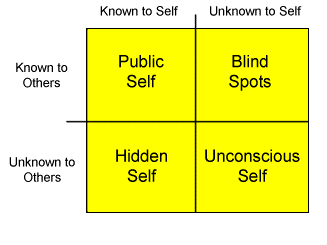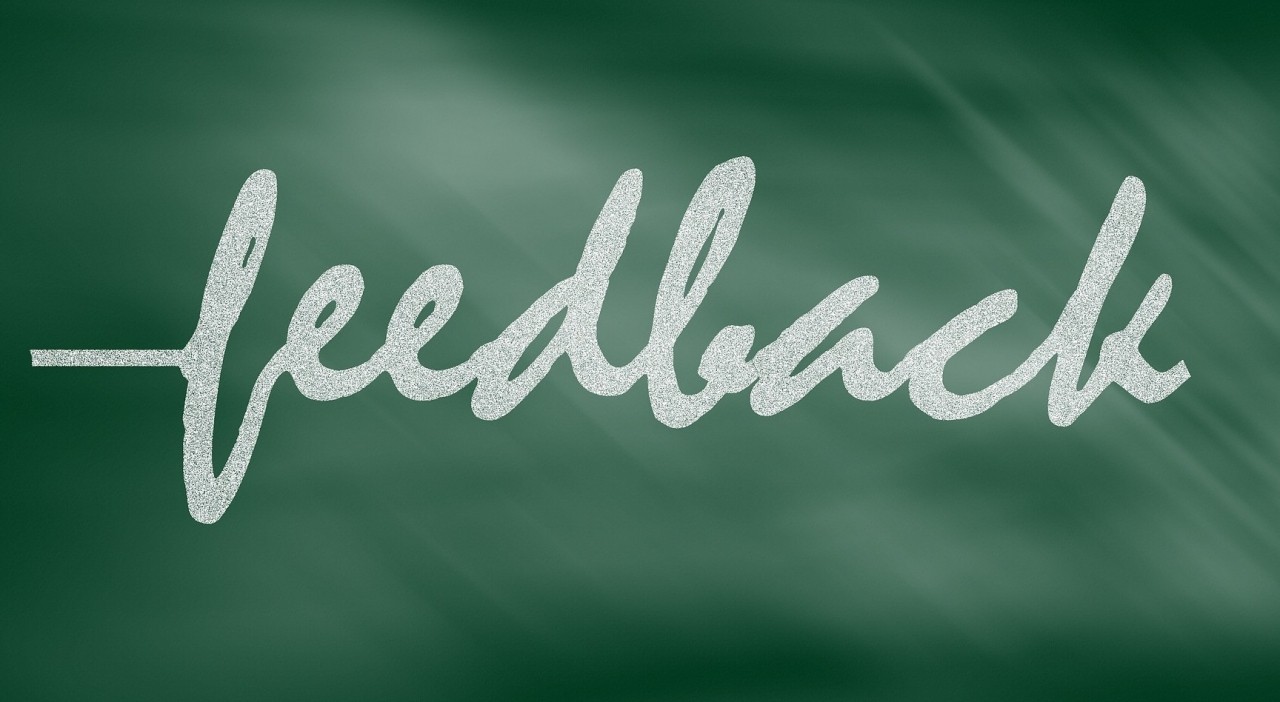Feedback conversations have fascinated me for nearly a decade. It is an undisputed opinion that feedback is the cornerstone of performance assessment and growth. Experts have been writing about this topic for decades. If we go outside the health professions education world, the business literature also abounds in feedback; they tend to focus on performance ‘appraisal’ and why it is important to have regular conversations on this topic with their employees. Business organizations are serious about performance of their teams and regular appraisal conversations are essential for effective teamwork.
So why do health professions educators continue to view upcoming feedback conversations with trepidation? And why do our learners at every level continue to disparage the quality of feedback provided to them? These adult learners are intelligent professionals who should be calibrating their own performance astutely and accurately and seeking feedback regularly- but are they?

Alas, data show that even advanced professionals do not necessarily self-assess accurately. Feedback-seeking behavior is also not as common as we might assume. Researchers have shown that goal-orientation of professionals influences feedback seeking behavior. Those with a learning goal orientation tend to seek and accept feedback more than those with a performance goal orientation, the latter focus more on scores on exams, grades on rotations etc. Learners also reject constructive feedback that they perceive is not credible or if it is not in agreement with their self-assessment. More recent literature on feedback emphasizes sociocultural factors, emotions, relationships etc. rather than the recipe for ‘giving’ good feedback- a spoonful of sugar makes the medicine go down- not!
This started my chain of thought that everything I had learned about feedback was wrong- oh dear! I had now drunk the kool aid of feedback as a sociocultural beast and a complex interpersonal encounter, influenced by many more factors than how the ‘superior’ gives feedback to the ‘inferior’- sandwich or otherwise. Indeed, I was so fascinated by the subject that it became the topic of my PhD dissertation. Surprisingly, my advisors agreed that there was much work to be done in this area and much to be learned.
In this blog, I would like to debate the concept of self in its various forms and how it interacts with feedback conversations. When I say self, I mean self-efficacy, self-awareness, self-disclosure, self-reflection, self-assessment….Now you can probably see where I am going. If a feedback recipient comes into a conversation with low self-efficacy and / or the conversation lowers their self-efficacy, the content of the feedback will not be heard, or heard and rejected. If feedback recipients lack self-awareness, they may overestimate their performance level and reject all data to the contrary. If they are unwilling to disclose their limitations, errors or fears, those giving feedback may not be able to give goal-directed specific feedback that can lead to performance improvement. Without all the above, self-assessment may not be accurate. It is worth remembering newer definitions of self-assessment, which state that it does not occur in a vacuum. In fact, the terms ‘directed self-assessment’ and ‘self-directed assessment seeking’ have been coined by experts to emphasize that accurate self-assessment requires external data preferably from multiple sources.

In conclusion, I would like to talk about the Johari window and how this model can be applied to enhance the effectiveness of feedback conversations. This window has 4 quadrants based on what is known / unknown to feedback recipients and what is known / unknown to feedback givers. Quadrant 1 consists of strengths and weaknesses known to both sides (open) – feedback is relatively easy to discuss especially if the receiver goes first. Quadrant 2 consists of what is known to the giver but not receiver (blind) - conversations can be enhanced if the culture encourages feedback-seeking and a learning goal orientation. Quadrant 3 consists of what is known to the receiver but not the giver - disclosure is essential for effective feedback exchange which can be encouraged by allowing trusting relationships to develop. Quadrant 4, unknown to both parties, is the most challenging. Revelation of unknown behaviors can occur over time if professionals are willing to engage in self-discovery and are open to feedback from multiple sources.
Would you like to try out new strategies in your future feedback conversations? Which one of the Johari quadrants might you want to experiment with? Comment on our blog to share your ideas.
Subha Ramani, MBBS, PhD, MMEd, MPH

Subha Ramani, MBBS, MPH, MMEd, PhD, FAMEE (Educators, ‘05; Assessment, ‘08; Leaders, ‘09; 2.0, ‘18) is a General Internist and Education specialist. Subha is Associate Professor of Medicine at Harvard Medical School, Adjunct Professor at MGH Institute for Health Professions Education and Honorary Professor of Medical Education at the University of Manchester, UK. She is an Associate Physician, Division of General Internal Medicine and Assistant Director for global perspectives and community, Brigham Education Institute, Brigham and Women’s Hospital. Since August 2022, she is serving as the President of AMEE, the largest international association for health professions education. Subha’s areas of professional interest include qualitative research, curriculum design, assessment, feedback and faculty development. Subha can be followed on Twitter or contacted via email.

